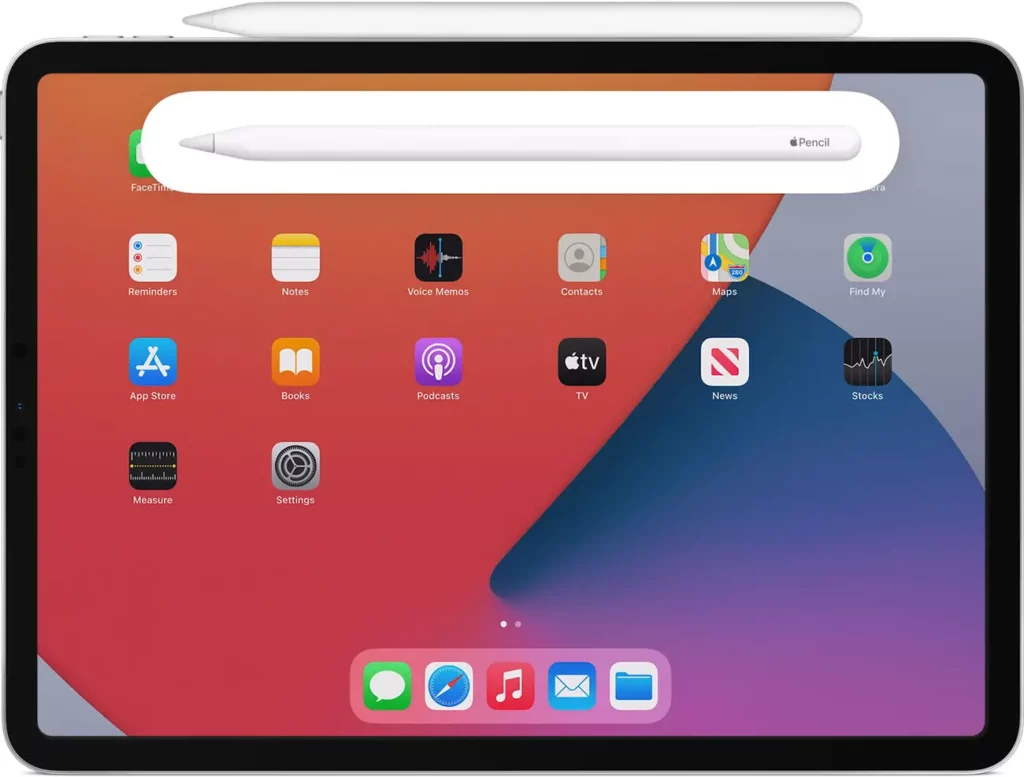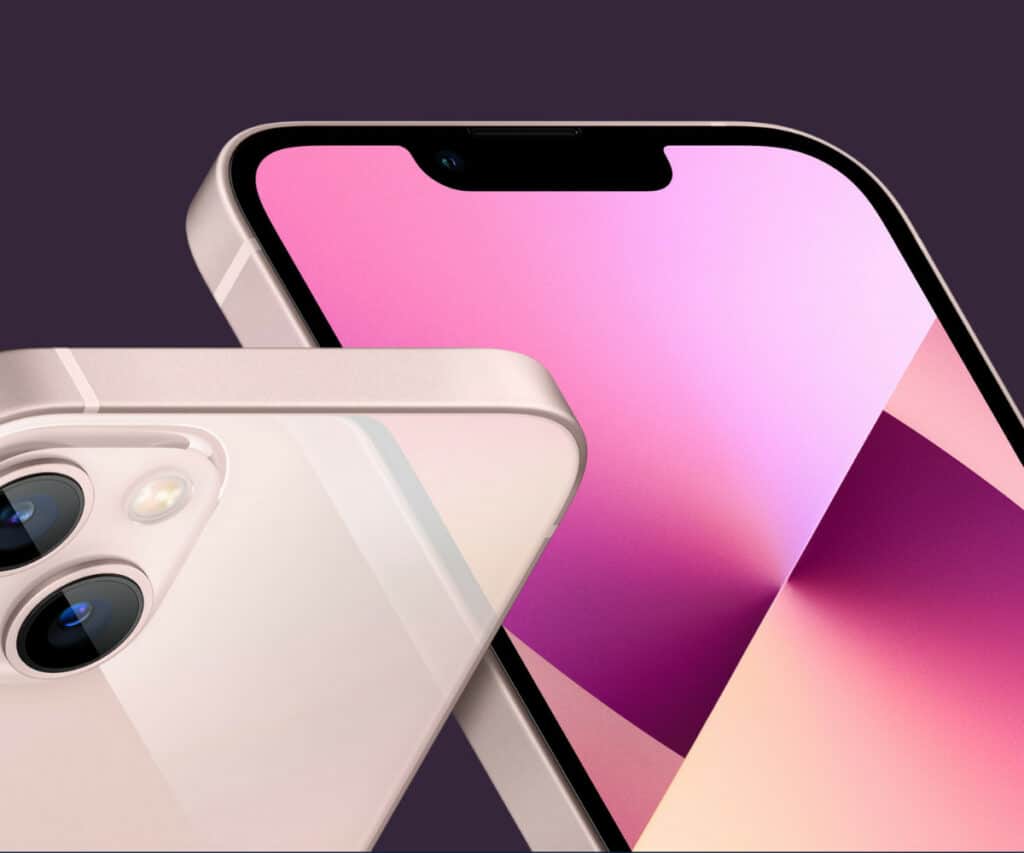Apple makes two versions of the Apple Pencil and each is compatible with different versions of Apple’s iPad. It’s confusing as heck. Here’s everything you need to know…
Because Apple makes both the Apple Pencil and the iPad, you’d think the Apple Pencil would be compatible with ALL iPads, right? It’s a fair assumption, but this sadly is NOT the case. The reality of Apple Pencil compatibility is actually a lot more confusing.
There are two different versions of the Apple Pencil – the Apple Pencil, released in 2015, and the Apple Pencil 2 which came out alongside the iPad Pro (2018) in 2018. The Apple Pencil 2 uses a USB Type C charger, whereas the OG Apple Pencil uses Apple’s Lightning, and this is where the compatibility issues begin.
Which iPads Support Which Apple Pencil?
The Apple Pencil 1 – the original model – supports more iPads than Apple’s newer Apple Pencil 2. The Apple Pencil 1 is compatible with the following iPad models:
Apple Pencil 1 iPad Compatibility
- iPad Pro 12.9-inch (2015 and 2017 models)
- iPad Pro 9.7-inch (2016)
- iPad Pro 10.5-inch (2017)
- iPad (2018)
- iPad (2019)
- iPad Air (2019)
- iPad mini (2019)
- iPad (2020)
Apple Pencil 2 iPad Compatibility
- iPad Pro 11-inch (2018, 2020, 2021)
- iPad Pro 12.9-inch (2018, 2020, and 2021)
- iPad Air (2020)
As you can see, the Apple Pencil 2 is compatible with Apple’s newer iPad models. Going forwards, the Apple Pencil 2 will eventually replace the Apple Pencil 1 as more and more, new iPads are released.
Why Isn’t Apple Pencil Compatible With All iPad Models?
The way you connect and pair your Apple Pencil to your iPad is the main reason why the Apple Pencil 1 and Apple Pencil 2 have different compatibility. For instance, in order to pair the Apple Pencil 1, you need to insert the Apple Pencil 1 into your iPad’s lightning port and select pair. The lightning port is also used for charging.
If your iPad does not have a lightning port, and instead uses USB Type C, like the iPad Pro 11 (2018, 2020, 2021), the iPad Pro 12.9 (2018, 2020, and 2021), and the iPad Air (2020), it is impossible to pair, connect, and charge the Apple Pencil 1 on these devices. You need the Apple Pencil 2 because it charges using USB Type C.
Is The Apple Pencil 2 Better Than The Apple Pencil 1?
With respect to features and what you can actually do with the Apple Pencil, there really isn’t too much to separate the two stylus devices. The Apple Pencil 2 has a slightly different design; it features a flat side profile that stops it from rolling when being held, and it has a double-tap feature that you can use in apps like Photoshop to bring up your tools.
The Apple Pencil 1 is made from plastic and is slightly longer than the Apple Pencil 2. The Apple Pencil 2 has more of a matte finish to it. It is also shorter than the Apple Pencil 1, although it cost $30 more – the Apple Pencil 1 retails for $99 and the Apple Pencil 2 costs $129. The rest of the functionality is exactly the same.
The main difference between the Apple Pencil 1 and the Apple Pencil 2, besides how they look, relates to how they charge. The Apple Pencil 1 uses Apple’s Lightning connector, whereas the Apple Pencil 2 uses USB Type C. And it is this difference in charging ports that affect the iPads each model is compatible with. If your iPad uses USB Type C, for instance, you need to use the Apple Pencil 2.
How To Charge The Apple Pencil 2
With the original Apple Pencil, you physically insert the stylus into the iPad’s Lightning port. To do this, unscrew the Eraser bit on the Apple Pencil, then insert the Lightning connector into the Lightning port on your iPad. The Apple Pencil 1 charges up in about 15 minutes.

With the Apple Pencil 2, however, you don’t need to plug it in anywhere. Instead, it charges using the magnetic charger on the side of your iPad. Again, this takes about 15 minutes just like the Apple Pencil 1. To do this, simply place the Apple Pencil 2’s flat side against your iPad’s magnetic strip, it should snap into place and start charging up.
Can I Use Apple Pencil on iPhone?
You’d think that when Apple was designing Apple Pencil that it’d factor in that plenty of its users might want to use it on iPhone. For whatever reason, Apple Pencil is NOT compatible with any of Apple’s iPhones. Despite the fact they run similar hardware and operating systems, the Apple Pencil is not compatible with any of Apple’s iPhone models.
Why? No one knows. To be honest, it is a little annoying too. There’s plenty of scope and reasons to add Apple Pencil functionality to iPhone. Plenty of people love Samsung’s S-Pen, so I could see Apple Pencil being really popular with iPhone users, especially with photo and video editing apps.
If you want to use a stylus with iPhone (or iPad) and you don’t want to use Apple Pencil, the best alternative on the market right now is probably the Logitech Crayon – it is also quite a bit cheaper too, although it does not work with iPhone.
The Logitech Crayon works with a wide range of iPads – iPad Pro 12.9 Inch (3rd Gen), iPad Pro 11 inch, iPad (6th, 7th, 8th and 9th Gen), iPad Air (3rd and 4th Gen), iPad Mini 5 – and is a great option for anyone that is looking for a cheaper alternative to the Apple Pencil.
It doesn’t work with iPhone, though, and that is by design – on Apple’s part. It doesn’t want you to use Apple Pencil or any other stylus device with iPhone for some reason which is kind of bonkers when you consider the only thing stopping Apple Pencil from working with iPhone is a software update.
Who knows, perhaps we’ll see Apple add Apple Pencil support to select iPhone models in 2022 with the release of the iPhone 14 and iOS 16?
And check out How To Set Up Universal Control On Your Mac & iPad!



